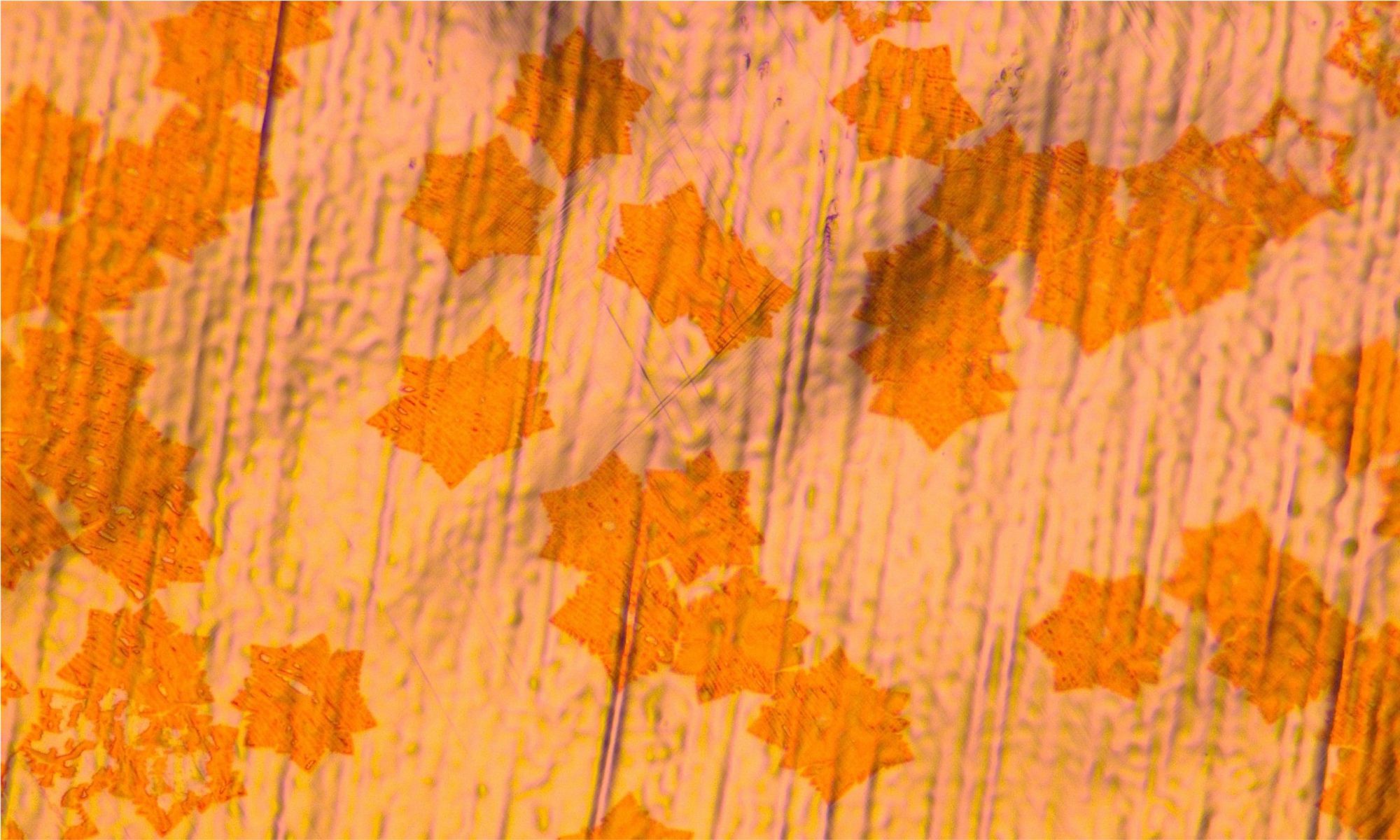In the newly funded project ACOMAT, AMO GmbH and partners will exploit the unique optoelectronic properties of two-dimensional materials for transforming CO2 into solar fuels.
Continue reading “ACOMAT – Harnessing 2D materials for photocatalysis”Lecture on the “Physics of Graphene and 2D Materials”
This summer Semester, Prof. Christoph Stampfer will give a lecture on the “Physics of graphene and 2D materials”.
Continue reading “Lecture on the “Physics of Graphene and 2D Materials””What should the future look like? – An interview with Max Lemme over the Future-Cluster NeuroSys
In a video interview for the Faculty of Electrical Engineering and Information Technology of RWTH Aachen University, Prof. Max Lemme explains the vision behind the Future-Cluster NeuroSys, the role of neuromorphic hardware in shaping the future of artificial intelligence applications, and the necessity of addressing not only the technical aspects, but also the socio-economic implications of this new technology, to ensure that it conforms “by design” with European values.
Continue reading “What should the future look like? – An interview with Max Lemme over the Future-Cluster NeuroSys”Steady progress towards graphene-based qubits
Substantial advances in the technology for confining and manipulating electrons in bilayer graphene quantum dots bring the demonstration of graphene-based qubits within reach.
Continue reading “Steady progress towards graphene-based qubits”GreEnergy: setting a new paradigm for solar energy harvesting
AMO GmbH is partner of GreEnergy, a new project funded by the European Commission through the Horizon 2020 Programme, which aims at developing optical nano-antennas as cost-effective solar energy harvester for a greener future.
Continue reading “GreEnergy: setting a new paradigm for solar energy harvesting”A scalable method for the large-area integration of 2D materials
Two-dimensional (2D) materials have a huge potential for providing devices with much smaller size and extended functionalities with respect to what can be achieved with today’s silicon technologies. But to exploit this potential we must be able to integrate 2D materials into semiconductor manufacturing lines – a notoriously difficult step. A team of researchers from Sweden and Germany now reports a new method to make this work.
Continue reading “A scalable method for the large-area integration of 2D materials”Good news for the Center: the Cluster NeuroSys will receive major funding from BMBF
The Cluster “NeuroSys – Neuromorphic Hardware for Autonomous Artificial Intelligence Systems” has succeeded in the first call of the “Cluster4Future” initiative of the Federal Ministry of Education and Research (BMBF). It will receive up to €45 million funding in the next 9 years to contribute to the technological independence of Germany and Europe in the field of artificial intelligence.
Continue reading “Good news for the Center: the Cluster NeuroSys will receive major funding from BMBF”Twisted van der Waals materials as a material-based quantum simulator
In an invited article in the journal Nature Physics, an international team of researchers lead by RWTH Professor Dante Kennes offer a fresh perspective on the potential of realizing novel and elusive states of matter using twisted van der Waals materials.
Continue reading “Twisted van der Waals materials as a material-based quantum simulator”An AROP fellow joins the Aachen Graphene & 2D Materials Center
In 2020, the RWTH Aachen University has launched the Advanced Research Opportunities Program (AROP), a funding program that offers travel grants and scholarships to support research stays of doctoral candidates and postdocs from strategically relevant international universities or research institutions. The goal of AROP is to develop or strengthen bilateral relations with international partner institutions.
Continue reading “An AROP fellow joins the Aachen Graphene & 2D Materials Center”Quantum matter in two-dimensions
Novel, fascinating aspects of quantum effects in two-dimensional materials are reported in two new publications by Prof. Dante Kennes and coworkers in Germany and the United States.
Continue reading “Quantum matter in two-dimensions”